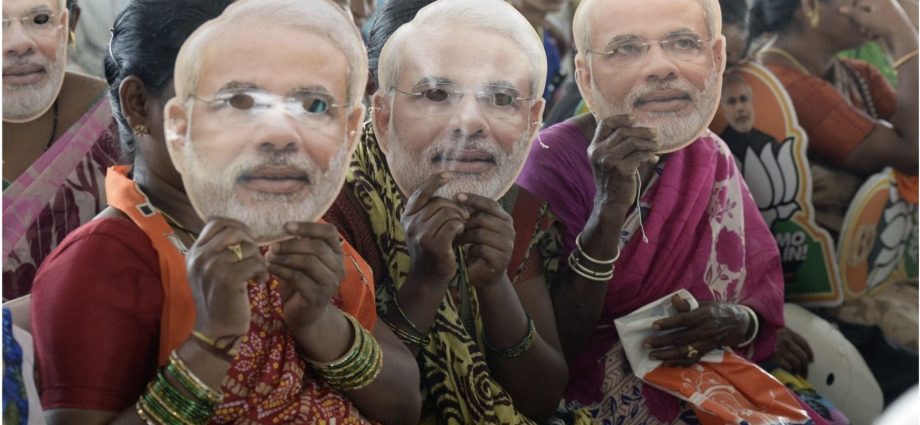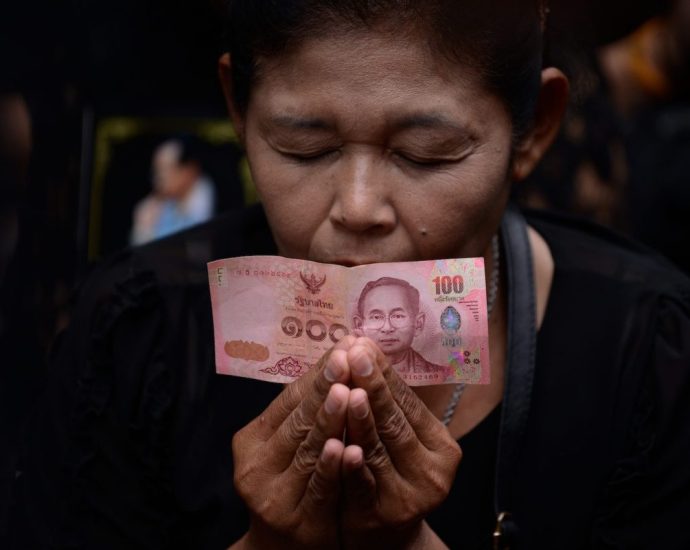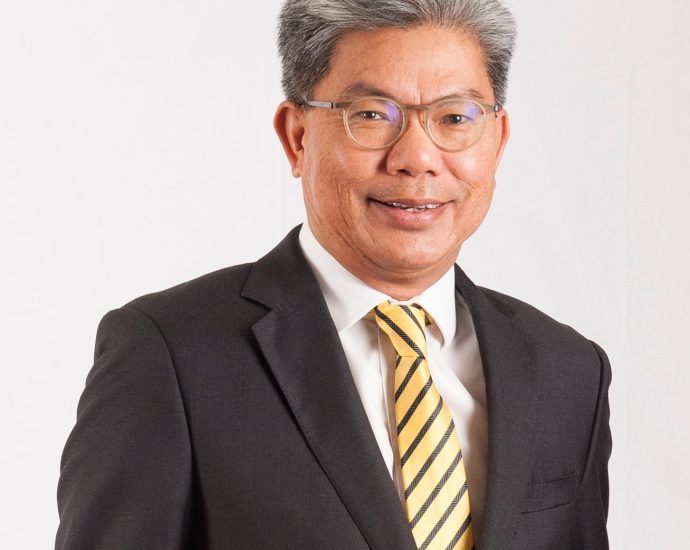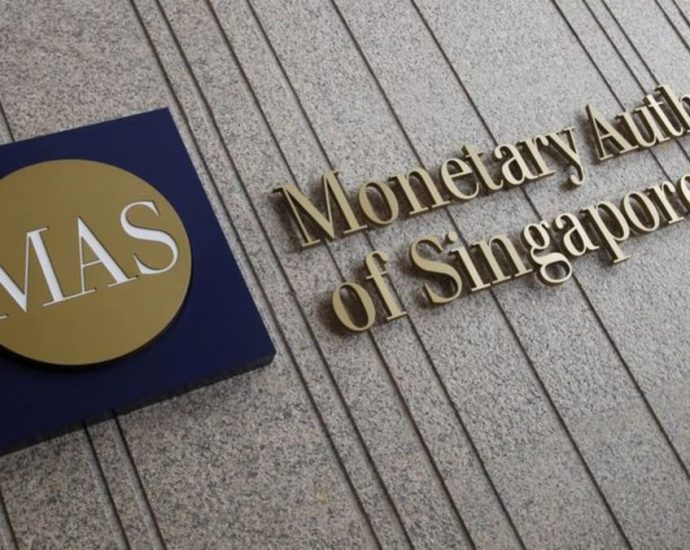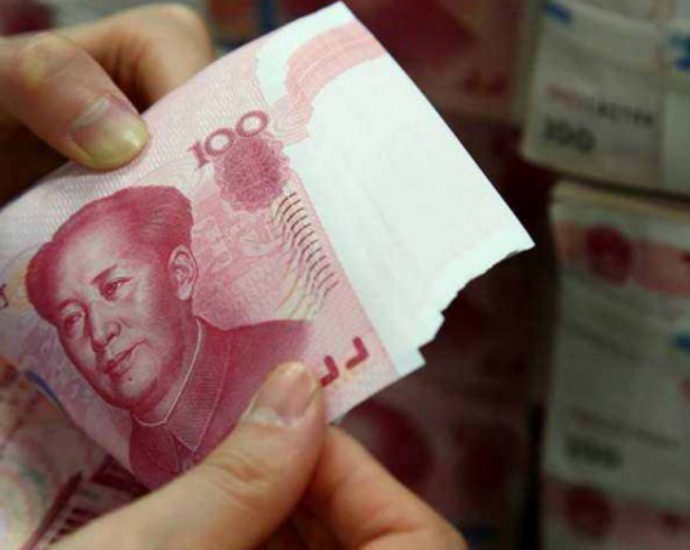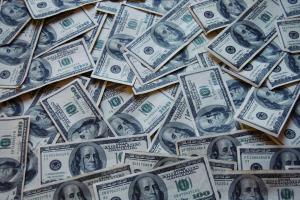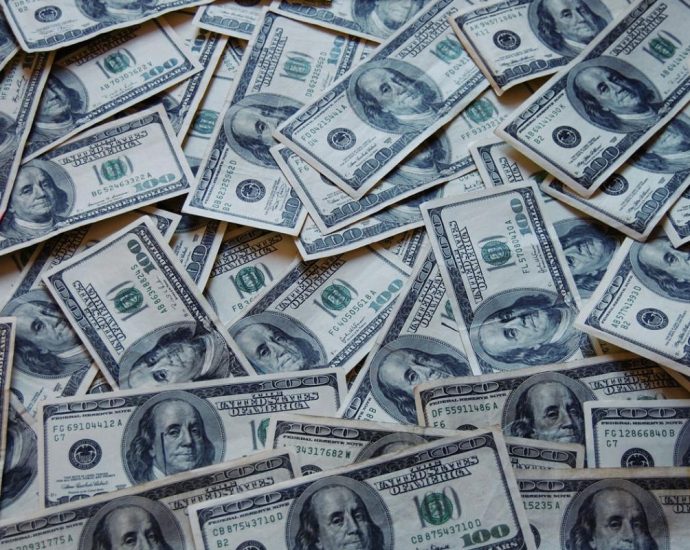Crony capitalism delays Indiaâs economic arrival
The January 2023 Hindenburg Research report accused the Adani Group — one of India’s largest conglomerates — of share price irregularities.
The Adani Group is mainly an infrastructure and energy company with assets acquired through privatization and has received significant financing from public sector banks. Its market value had risen dramatically since 2019 until the report caused its share prices to plummet.
This episode has catapulted “crony capitalism” to the center of a strident political debate in India. Opposition parties have demanded a parliamentary probe, which Prime Minister Modi’s government is reluctant to initiate.
The Supreme Court appointed an expert committee to advise it on possible errors by the Securities and Exchange Board of India — the top financial market regulator. Though it found no apparent regulatory violation, the controversy seems unlikely to abate soon.
But this is not the first controversy concerning business–government relations in the market liberalization era. In 2011, former prime minister Manmohan Singh’s government was accused of corruption and biased allocation of coal blocks and telecom spectrum to private firms.
These episodes were politicized and led to the Supreme Court canceling coal mining licenses. These incidents recur due to two structural features — weak regulatory and policymaking institutions and socio-political trends triggered by economic liberalization, particularly increasing inequality and costly elections.
Indian market reforms replaced state-led planning with deregulated markets. Industrial decontrol stimulated private entrepreneurial dynamism. But the reforms failed to create effective institutions of economic governance for policymaking and regulation that are necessary for efficient markets.
Several “independent” regulatory bodies were established in infrastructure and natural resource sectors to support private sector participation in areas run by government monopolies. Such new institutions need to evolve, improve and be accepted by stakeholders.

Yet their evolution has been stunted by the lack of a strategic roadmap. Turf wars occurred between government departments, new institutions and private stakeholders. The new institutions lacked independence, clout, professional expertise and financial resources. Political figures remained influential in regulatory decisions.
Also, the allocation of valuable natural resources to private enterprises persisted as a source of “rent-seeking” controversies. In the case of coal licenses, politicians resisted the introduction of a transparent auction system. It is easy to see how crony capitalism can arise under such conditions.
Effective economic governance institutions in democracies require autonomy from political pressure. A politically weak government may flounder, while a strong government’s commitment ensures fair and proper procedure.
Many regulatory institutions have matured over time but some remain weak. India’s independent judiciary played a key role in shaping the structure of successful regulators. Court decisions on legal disputes also contributed significantly to the demarcations of roles and the creation of appellate bodies.
Economic reforms in the 90s promised a liberal market-based economy. Yet even after three decades, many enabling conditions for this goal do not exist in India, including minimal state ownership, the quick legal enforcement of formal contracts and the government’s equidistance from competing private business interests.
The corporate sector is buoyant but is dominated by five major business houses. Industrial concentration has increased with the share in assets and sales of the “top 5” private companies rising since 2015.
The top 5 initially expanded their reach across a broad range of industries and then increased their presence in these industries, aided by mergers and acquisitions. They have grown at the expense of the next largest corporations.
Their dominance has evoked comparisons with the South Korean chaebols (‘national champions’) that rose during former South Korean president Park Chung Hee’s heavy and chemical industrialization drive.
Unlike India, two important disciplining mechanisms pushed the chaebols to deliver efficiently. The South Korean chaebols functioned within a clearly articulated national industrial strategic plan.
The support that they received from the government was conditional on fulfilling their commitments. They also had to face intense international competition in product markets.
Unlike South Korea, India requires foreign investment to bolster its industrial competence and hopes to be an alternative investment destination to China. Yet the dominance of the top 5 dissuades the entrance of foreign companies, who worry about whether the playing field is level and about policy consistency over time.

The Indian Planning Commission was dissolved in 2014 and replaced with think tank NITI Aayog. For all its flaws, the past Indian policymaking style was widely consultative. Yet as of 2023, there are no effective participation mechanisms to determine and communicate long-term strategic policy goals.
Public acceptance of policies is important for implementing policies in a diverse, disparate, federal democracy. In 2021, India witnessed protracted dissent and political protests from farmers over proposed agricultural market reforms.
In the context of the revival of industrial policy across the world, India needs to redesign its policymaking institutions. Here, India can learn from South Korea’s example of combining industrial policy with global integration.
The East Asian policymaking style, its consensus-building and vision-generating processes offer valuable lessons
Chiranjib Sen is former Visiting Professor at the School of Development, Azim Premji University.
This article was originally published by East Asia Forum and is republished under a Creative Commons license.

